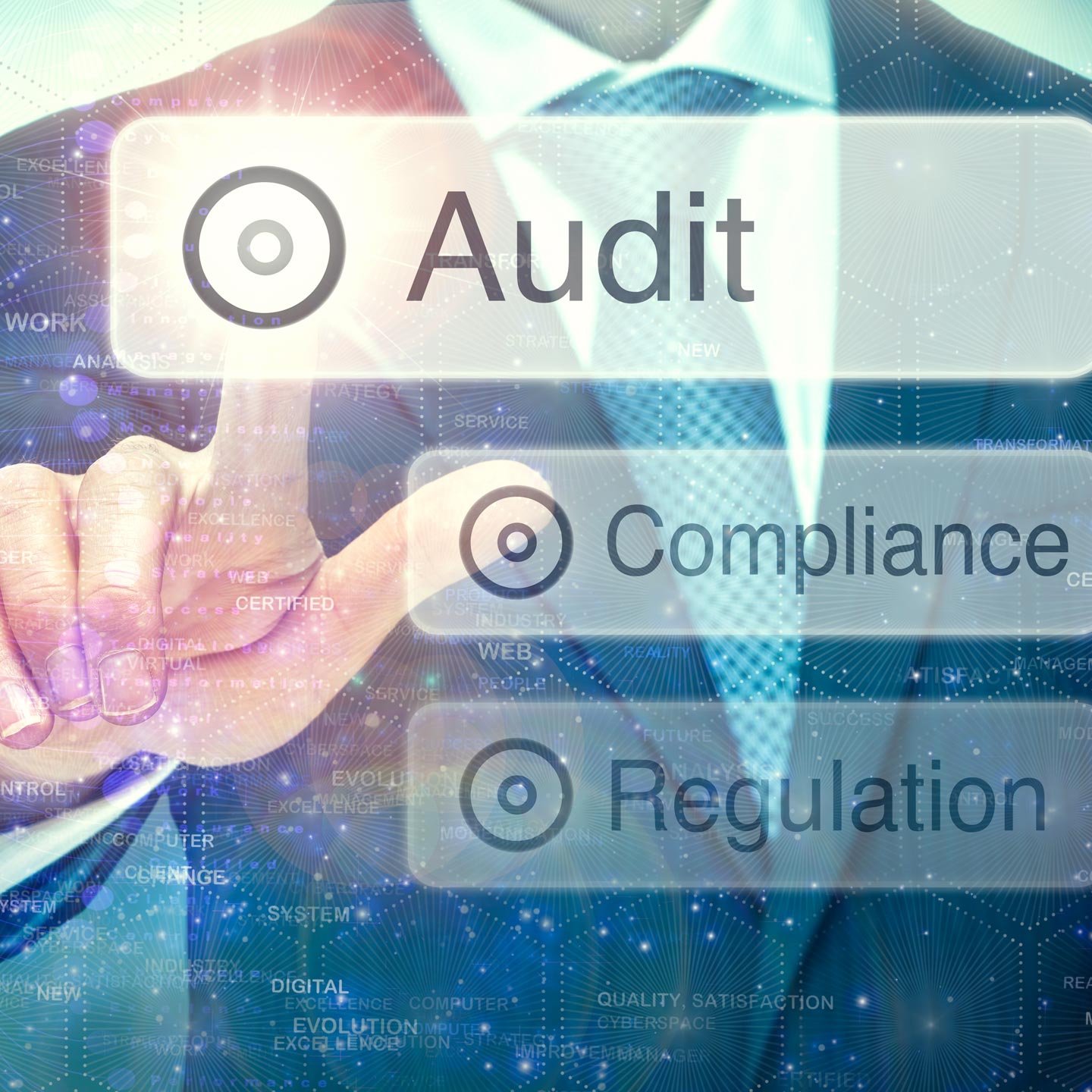Large and small companies alike are witnessing incredibly challenging operating conditions. The new normal of today requires us all to navigate complex digitalized economies, evolving social patterns, and changing workplace environments. And as employers face shifting employee knowledge patterns within multifaceted, intersecting industries, our employees collaborate and interact together with a diversity of colleagues who have greatly differing attitudes, goals and competencies…even within the same job description! It can certainly be a challenge to keep everything and everyone together. Therefore, it is essential that companies increase team member cooperation and collaboration to achieve ongoing, profitable outcomes. You can achieve this by fostering a work environment that is aligned to its organizational purpose and amenable to employees to becoming more flexible, agile and sensitive to both business and social change. Here is how a learning and development (L&D) training program can help make that happen.
Building Blocks & Connecting Dots: Reinforce A Cohesive Message That Aligns Your Employees To A Healthy Culture
Programs that successfully transform organizations often use a purpose-built, building-block approach with targeted messaging. This enterprise messaging is communicated throughout the organization and reinforced through learning and development (L&D) training programs and tools. The most popular L&D tool for delivering a variety of training programs to a diverse workforce and tracking their learning is the modern Learning Management System (LMS).
An effective LMS streamlines processes to address target audiences with specific messaging, all while soliciting substantive feedback through built-in features and automation. Some of these features include:
Gamification that enables collaboration and communication using certifications, badges, and leaderboards as useful feedback
Passive and active learning methods that can involve participation in activities and reflection about decisions
Employee progress tracking and analytics providing feedback on performance, productivity and corrective actions
Overall, these and other embedded LMS tools capably deliver mixed-content learning that is on-demand and hyper-targeted for compliance, competency, critical thinking, problem-solving, and even personal growth training. An LMS can’t do it all though. Advanced, progressive transmission of the tailored messaging also involves holistic development of key initiatives that foster healthy cultures.
Pivot Into Effectiveness: Evolve Your Simple “Lunch and Learn” Meeting Into A Robust, Accessible And Relatable Training
After the company’s targeted message is defined, and it permeates courses effectively, where and how is that content best delivered consistently outside of the LMS? For example, what if you were a manufacturing company whose employee base suddenly ballooned from 20 to 200+ employees, while also adding sub-contractors... all in one year? You would quickly realize the need to do triple-duty by increasing internal learning capabilities, sending out tailored messaging to shape behaviors and culture, and creating cultural conhesion across the organization.
But then consider if you are trying to deliver performance solutions in numerous, varied environments, such as virtual employment and at-sea maritime engagements around the world. Imagine there is no one-size-fits all workplace at your company. How would that impact the ways you extend training outside your LMS?
Recently an award-winning contractor for the U.S. Government faced this challenge. Their business model had been shaped by and committed to:
Outstanding customer service with a focus on continuous skills improvement
Ensured compliance to specific federal government requirements
Value created through technological solutions
In other words, as a small, cohesive organization, they had it all figured out. But then as this company rapidly grew, its leadership became alarmingly aware that their mission required a more formalized training curriculum to ensure compliance requirements were being met and competencies were being upskilled to scale with the workforce growth. Early on, they prioritized the sharing of key workplace subject matter related to socially-relevant issues and diversity through a medium that successfully fit their carefully-nurtured culture. Their thought was that by taking some of these conversations off-line, or even complementing the courses they already had within a more informal and relaxed setting, employees would understand and integrate key messaging, perpetuating their valuable culture.
Key challenges were immediately identified, so the leadership team focused on employee well-being as the guide for whether the firm’s cultural DNA successfully underpinned the learning and development (L&D) training program. Because of the strategic importance of the program and all of the minutiae related to implementing such a high-level set of requirements, the company:
Identified a new best-in-class LMS platform with embedded coursework supporting yearly compliance requirements
Reviewed and augmented their current, less formalized, one-hour lunch and learn, table-top course content
Developed a template and framework based upon the previously-used antiquated lunch and learn approach
Set The Stage For Implementation: Create Your Unified Training Platform Step-by-Step
Before they got too deep into the weeds, a training needs analysis of the company’s current training methods and coursework was completed. The analysis included focus group and individual interview meeting formats, using a process that identified and clarified the organization’s current cultural norms. The meetings also helped to determine norms and attitudes around training, so that the best learning and development (L&D) training program solution would be delivered. Armed with a strong data set, the following steps were undertaken:
Focused discussion with the Director of Human Resources to identify business requirements and typical scenarios
Broader discussions among the executive team, plus additional stakeholders
Extensive research, then generation of a discussion topics list for review, including relevant law regarding compliance issues
Training scenario development and related follow-up discussions with the human resources team
Creation of a facilitation guidance document, reviewed by internal subject matter experts
Facilitation and testing of table-top exercises with the executive team, obtaining feedback for revisions
The firm was required by the federal government to provide compliance courses for each new employee, plus a yearly refresher for ALL employees, which could be delivered through a third-party training provider who would meet the requirements. The company opted to obtain an LMS that also delivered on-demand compliance coursework for easy user access. This online solution provided a self-paced, goal-oriented, and seamlessly, structured approach for its employees and subcontractors to take instructionally-sound course modules. Topics addressed the required compliance requirements, as well as other course work that the human resources team felt were needed for their increasingly diverse set of the organization’s employees and subcontractors.
Use A Discussion Template: The Framework For Expanding Current Table-Top Training Series Offerings
The appropriate venue and format was identified to support annual federal government requirements for compliance validation. The company’s current informal, one-hour, table-top lunch and learn activities were identified as the most culturally appropriate way to disseminate information on the skills related to these important compliance topics.
Scenario-focused, table-top training templates were developed for both facilitators and participants, using sexual harassment avoidance as the initial topic for testing and validation of this approach. During the pilot phase, the scenario was delivered in a more formalized team setting to establish a “best-in-class” baseline. Then, after analysis of the results, five courses were created, each with different participant and facilitator versions. Discussion templates similar to what was used by the company may be downloaded by clicking here.
The final set of topics included:
Sexual harassment avoidance
Diversity and inclusion
Bullying
Power dynamics
Reporting harassment
This new table-top approach received unanimous positive feedback by the company’s decision-makers. It was quantitatively demonstrated that the case-based activities, delivered by a knowledgeable facilitator through table-top activities, would successfully produce the desired learning results in any setting across the enterprise, as well as support the company’s positive culture of well-being.
This replicable framework for future table-top activities was finalized. The framework included an explanation of the course ground rules, a discussion guide template, and additional guidance to maximize the impact of each table-top activity by the facilitators.
Building On The Results Achieved For Long-term Organizational Alignment To Business Results
The Human Resources Director further reinforced the importance of facilitators being well-briefed on the complex subject matter. They emphasized how it was crucial that facilitators each recognize and navigate the nuances of questioning in order to be effective with employees. Additional emphasis was placed on how to use more heartfelt discussions, instead of the self-steering format individuals of the executive team has previously used, to achieve greater success.
The team also considered supplemental approaches for L&D training programs, tools and coursework to extend team-building opportunities that reinforced company culture. A building-block approach was adopted whereby the table-top meetings served as the foundation for aligning the organization, and from there, culture-specific training information was transmitted across workplaces, rallying and aligning employees to organizational purpose, mission and outcomes.
It is invaluable for companies like this one, who have rapidly expanded and grown in a short time, to capitalize on their healthy cultures so they retain employees despite difficult periods of change. By employing a learning and development (L&D) training program like the one described here, your business can shore up the workforce you have, while continuing to attract and engage new, highly qualified talent as you continue grow.
Written by Jeffrey Johnston and published in 2022.
Consider subscribing to our email newsletter today to automatically receive the next issue in your inbox, including our most recent authored articles.
Related Articles For Further Reading








